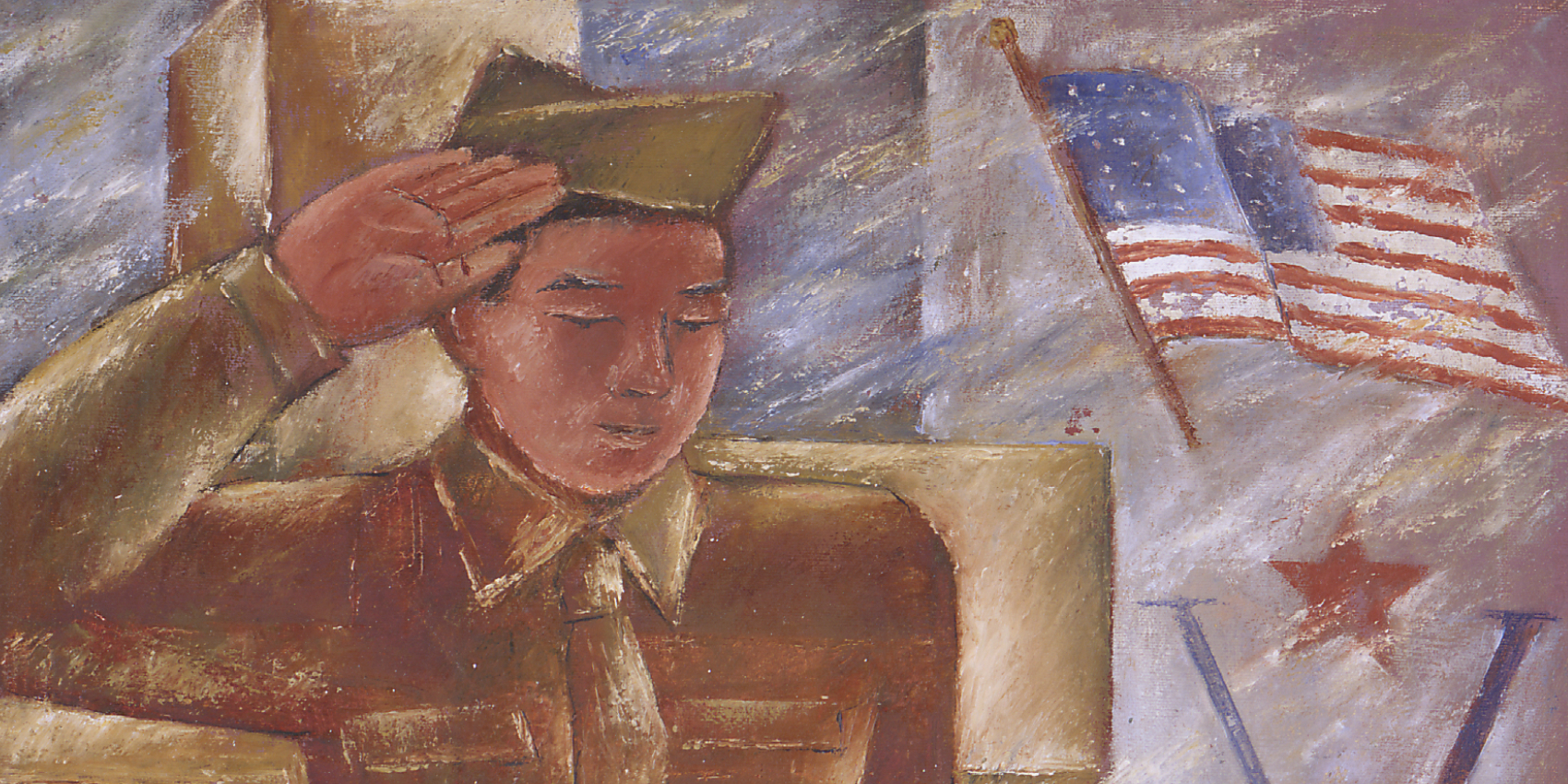

Smithsonian Asian Pacific American Center’s Adriel Luis will present and moderate a lively discussion with panelists, Emily Anderson, Ph.D., Curator, Japanese American National Museum, and Jessica Rubenacker, Exhibit Director, Wing Luke Museum of the Asian Pacific American Experience.
Emily Anderson will speak about the important role that religious institutions and individuals played in providing a sense of security and stability for Japanese Americans during World War II. This includes sharing research she is currently conducting for an upcoming exhibition she is co-curating titled Sutra and Bible: Faith and Japanese American World War II Incarceration. Jessica Rubenacker will present the Wing Luke Museum's recent examples of community healing through art with the Chinatown-International Love Letters campaign, mural project collaboration with artist Moses Sun and more generally the Wing Luke Museum's reopening to the public.
Funding has been provided by California Humanities and the National Endowment for the Humanities (NEH) as a part of the Coronavirus Aid, Relief and Economic Security (CARES) Act economic stabilization plan of 2020.
